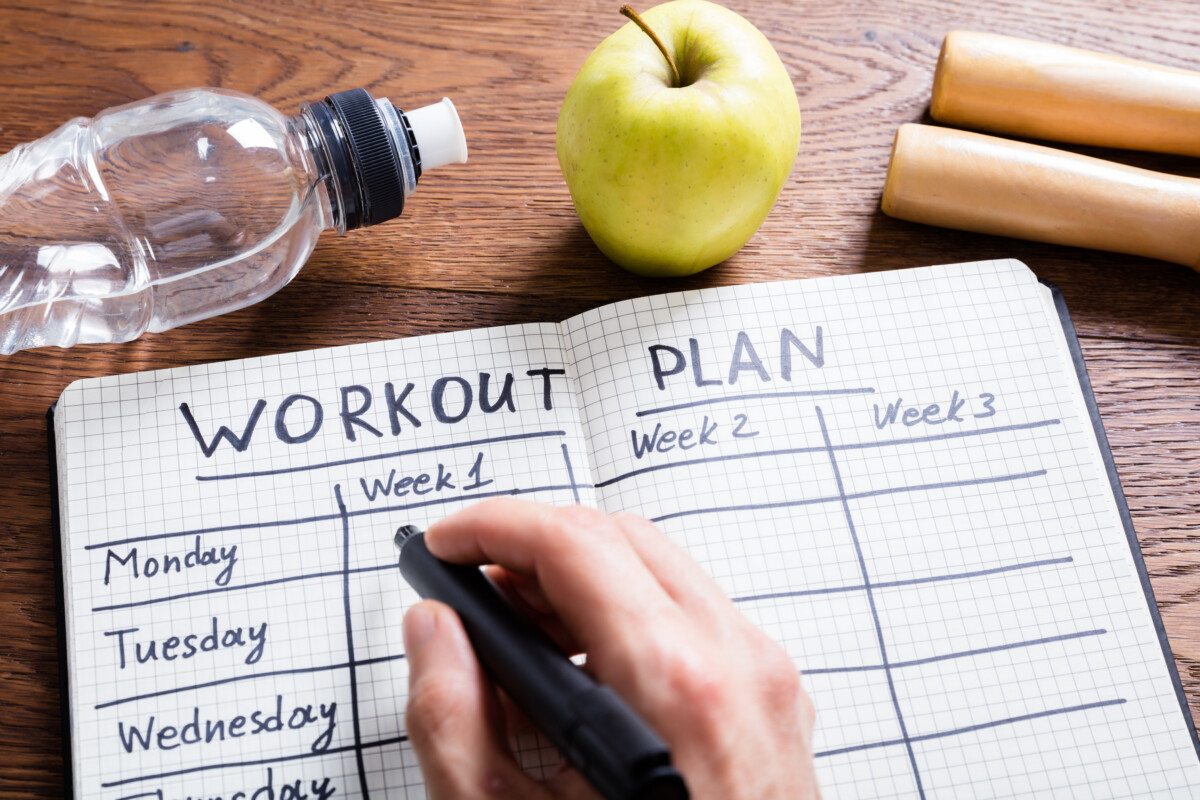Exercise Made Simple

Fitness has become such a commercialized industry that a lot of people have trouble trusting their own common sense when it comes to exercise. It’s easy to be overwhelmed by all of the advice given by experts. In reality, exercise is much less expensive, complicated and unpleasant than we are often led to believe. With a little common sense, adding exercise to a daily routine can be much simpler than many people think.
Don’t worry about trying to create the perfect plan. Any exercise plan you actually stick to is going to make a difference. Ideally, you should get 150 minutes of moderate exercise a week, or an average of 30 minutes a day, but there is no perfect set of routines to follow.
Exercise doesn’t have to be expensive. Exercise is movement, and there are lots of movements that don’t require any equipment. Even mowing the lawn or doing heavy housework can count as exercise. If you’re moving and it feels moderately difficult, you’re exercising.
If you do decide to purchase equipment, there is a lot that gets used for a month and then sold two years later on Craigslist or Facebook Marketplace. Other people’s broken resolutions can be your friend.
Two of the major health goals in exercising are burning calories and putting enough stress on the cardiovascular system to strengthen the heart. Both of these factors increase with exercise intensity. If your new exercise plan feels too easy, it probably is.
The risk of injury with exercise increases with impact, which is when some part of the body comes into contact with the floor, equipment, etc. Swimming, cycling and walking are considered low impact. Running, skipping rope and doing step aerobics are considered high impact. While high impact exercise can strengthen bones, it should be avoided by beginners and by those who are in a weakened condition due to age or some other factor, such as osteoporosis.
Strength training should be done at least twice a week, using all major muscle groups. It helps preserve bone density while increasing muscle mass and muscle strength. It’s best to spend about 10 minutes warming up with aerobic exercises before beginning strength training. “Warming up” literally means getting your muscles warm. Cold muscles are more susceptible to injury.
One set of 12 to 15 repetitions will strengthen a muscle as long as you’re working hard enough for your muscles to feel tired at the end of the set. You need at least one day of rest between strength training exercises for the same set of muscles. An easy way to do this is to exercise the upper body one day and the lower body the next day.
Remember, no matter what type of exercise you’re doing, if it starts to hurt, stop doing it. Your fitness level won’t improve if you hurt yourself and are no longer able to exercise. If pain continues, see your healthcare provider.
And finally, try to find something you enjoy doing and/or something that you have to do anyway. It will be much easier to stick to your plan if you’re having fun. It will also be much easier if it’s part of something you’re already doing. For example, if you decide to walk to work instead of driving, then you only need to make a minor alteration in a routine you already follow: getting to and from work. Instead of implementing a whole new habit, you’re merely tweaking an established one. This type of plan can take a lot less self-discipline to maintain.
Exercise doesn’t have to be a burden that you drag around for a few weeks, finally let go of and then spend the rest of the year feeling guilty about. If you adjust your exercise to fit your body, your budget, your interests and your schedule, then you’ll keep it around, not because you have to, but because you want to.
